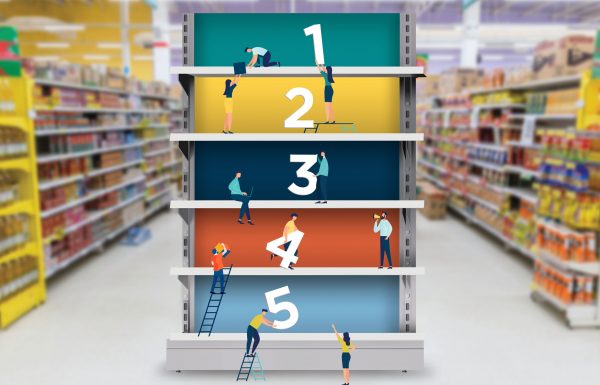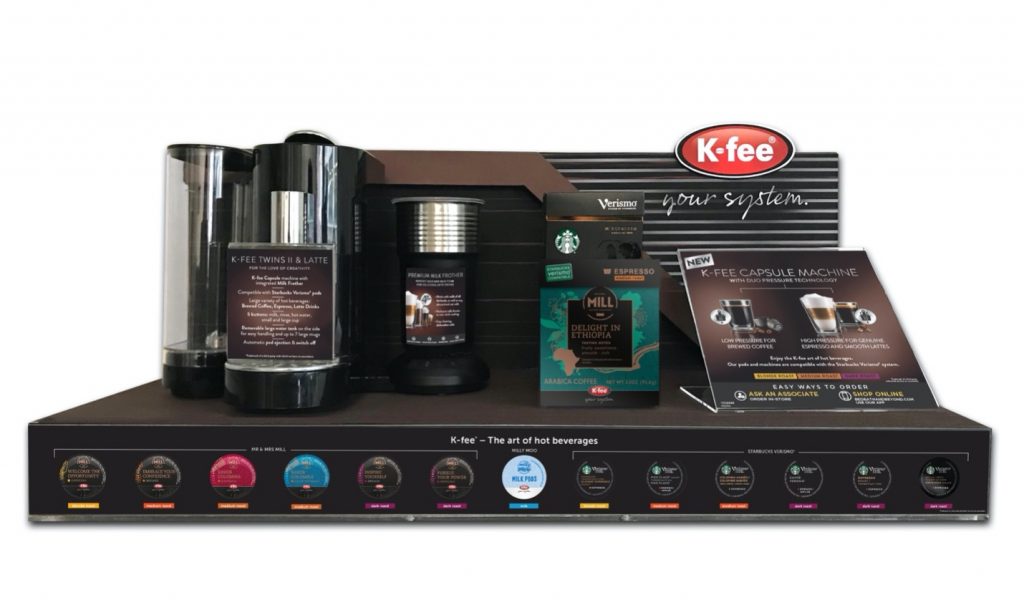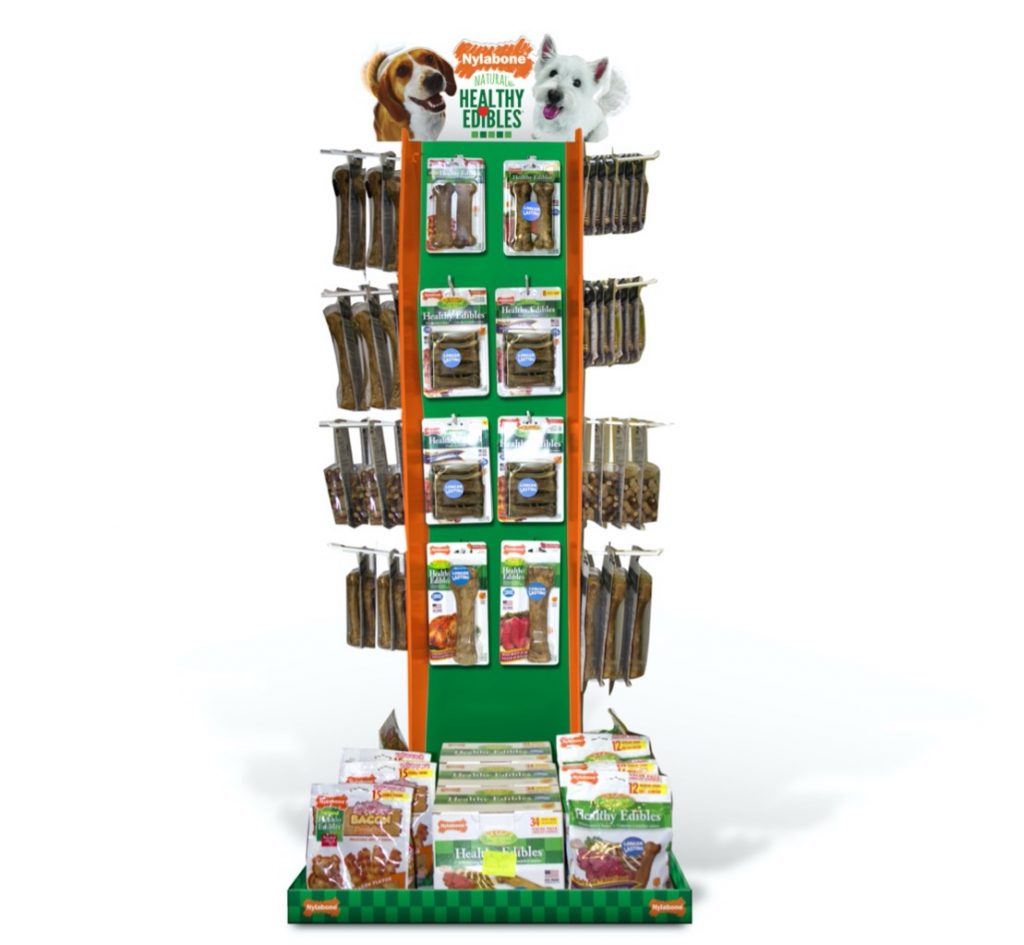New to Physical Retail? 5 Things to Consider When Building Your POP Displays

Have you recently decided to take the leap [link to: “Taking the leap…”] from e-commerce to in-store retail? You’re going to need a point-of-purchase display that tells your story, compelling shoppers to buy, and retailer buyers to say yes to your pitch. Here are five things we have found in working with clients that are good to think about before setting out. Keep these considerations in mind when your mission is to create a point-of-purchase display that not only gets a thumbs-up from buyers but secures sales for your brand in-store.
1. Hierarchy of Messaging: Find your USP
If you know where you’ll be on the floor or in-aisle, that’s great. But if you don’t, start with the smallest canvas you can. Forcing yourself to think about your product’s main selling attributes in an abbreviated format will then also force you to consider what really are the most important things to your shopper: their pain points, their needs. If you can’t sell the ten best points about your product because there’s just simply not enough room to promote all this on a display, then narrow it down to a meaningful two or three points of differentiation. You must determine your USP (Unique Selling Proposition) for your brand wishing to stand out from the pack. Differentiation of your brand attributes as compared to other brands in your same category serves as a critical step to inform the design of any display, large or small. If you’re stumbling here, you are not alone. This is generally one of the hardest steps for many clients to get right and where most of the time is spent in crafting a concept.
2. Display Type: Temporary, semi temporary or permanent
Again, you might not know how wide a berth the retailer is going to give you or even how long you will occupy that space. But getting a sense of how your display might look in corrugate as opposed to other substrates like styrene, Foamcore or Sintra will help you to understand and be comfortable with the wide and sometimes budget-breaking costs of creating these displays. We often find that many clients will come in with a list of things they want for their displays, but then face unanticipated costs, especially when the production volume of their display unit is low. Nailing down the display Type at this point in the process will help you keep costs in check.

3. Competitive Landscape: Competition can inspire
According to Mark Twain, “There is no such thing as a new idea. It is impossible. We simply take a lot of old ideas and put them into a sort of mental kaleidoscope. We give them a turn and they make new and curious combinations.” Go on a shopping trip and create your own mental kaleidoscope with images and examples of displays of competitors that you like. Take pictures and share these concepts with your chosen design team. It will help those forming your POP to better envision the final product you have in mind — or maybe help differentiate you from the competition.
4. Design Possibilities: Don’t box yourself in
Just because you’re going into big-box retail doesn’t mean that you need to be boxed in. Enter your design discussions with your agency with an open mind. While you may have reigned supreme on Instagram, you are new to in-store marketing. This could present a bit of a learning curve for you, and even require some risk taking. Your agency should be able to provide lots of ideas on how best to represent your USP, including some that may never have even entered your mind. Although you don’t want to go running off in too many different directions, you’ll want to rely on their expertise in what will work best for your aspirations and budget. So be willing to think outside the box!
5. Bottom Line: Budget is really important!
Have your budget laid out and be upfront about your cost parameters with those creating your point-of-purchase display. Many agencies will only take on work that they know has a defined minimum, and as a new in-store offering, sometimes those minimums might be your maximum! Don’t be afraid to say exactly what you’re willing to spend, but be prepared to be a little flexible. Many factors can affect pricing and some of them are out of your control, like material supply chain, production timelines and shipping costs.

If you have a really good design team working with you, there should be no surprises along the way. But you should always plan for the unexpected.
Choosing the Right Retail Marketing Partner
If you’re contemplating branching out to brick & mortar retail, it’s probably because you’ve done a great job at building your brand on other channels, gained that audience of loyal followers and are ready to push your boundaries out. And that’s a wonderful thing. These days it’s not an ‘either or’ selling approach, but a combination of strategies that include both online and in-store. And you’re smart to be considering and optimizing the growth in your reach in physical retail.
If you’re new to this — or even if your team has been down this road before — it’s always a good thing to start well informed and with eyes wide open. Because you’re not the only one lining up on the runway for takeoff. But it’s the fastest jet that gets the best cruising altitude and arrives at their destination sooner. YOU want to be that jet! The right team can get you there.
Medallion Retail has been serving as the most reliable and knowledgeable resource in retail signage and point-of-purchase displays for over 60 years. Interested in new in-store adventures? Contact us today to see how we can help you take leap from on-line to in-store.